When designing their layouts, many model railroaders gravitate towards the 1960s. It’s easy to understand why — to many in the hobby, the 1960s represents one of the most dynamic decades in American railroading, as the last vestiges of steam power faded and diesel locomotives began their reign over America’s rail network, a reign which continues to this day.
This decade offers a compelling balance of classic and then-emerging rail elements. As part of the broader transition era that began in the 1940s, the 1960s allows modelers to operate a wide variety of equipment on their layouts. While the era of diesel dominance was in full swing by the 1960s, one might still find the last glimpses of steam on some lines, running alongside the now-fully established diesel fleets and evolving passenger and freight operations.
So, how can you accurately recreate the world of the 1960s on your model railroad layout? As with so much in model railroading, the key lies in the details.
Do your research
To realistically portray the world as it was 60 years ago, studying reference materials from the period is essential. Photographs, magazines, railroad-specific publications, and even movies from the 1960s will provide invaluable insight into the look and feel of the era. There are many great reference materials which you can use to get inspiration for your model railroad layout — from movies of that era to archival photographs. When it comes to research materials, in this case primary source materials — those actually from the decade being studied — are best. At the end of the day, the best re-creations of an era are still only that; a re-creation.
Click here to view Classic Trains‘ Photo of the Day series, featuring images from the Classic Trains and Trains archives filtered from between 1946 and 1970.
1960s motive power: The diesel revolution
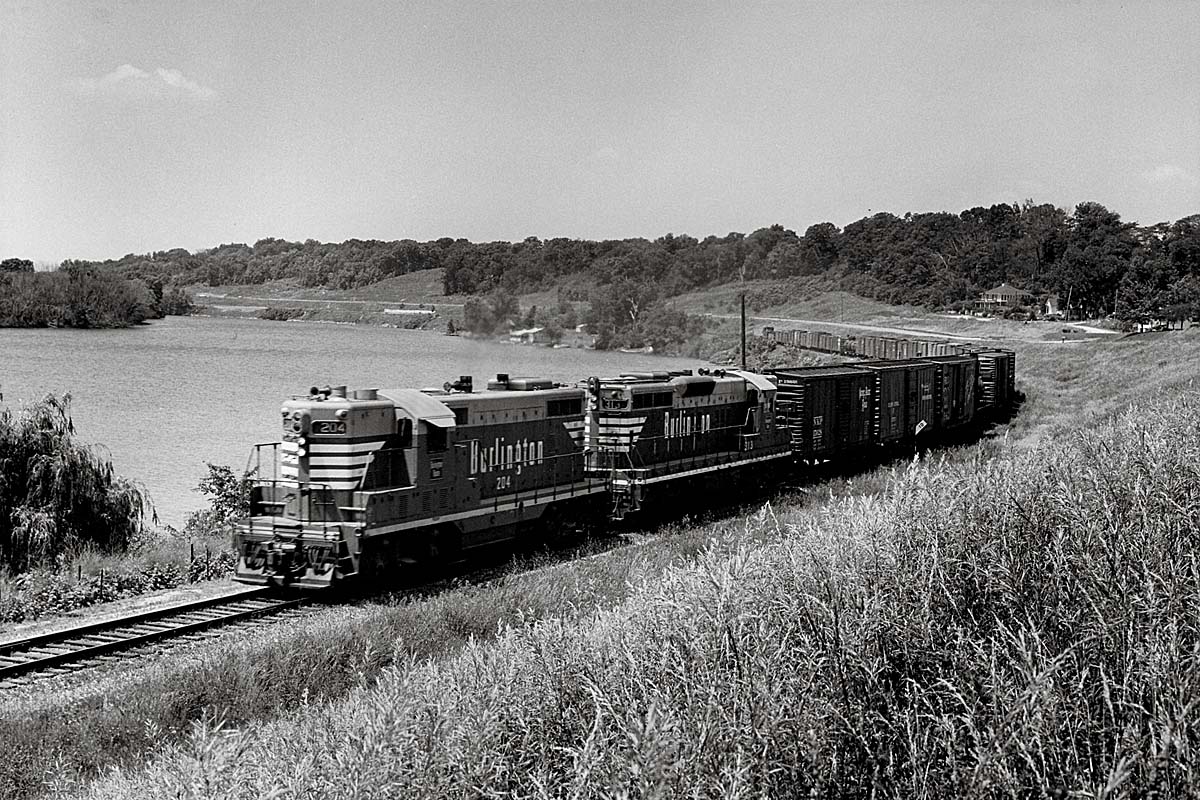
By the 1960s, diesel locomotives dominated American railroads. Steam engines were a rarity on major Class I railroads, though some industrial or shortline operations clung to them, offering unique modeling opportunities should a modeler choose to include a setting where one may find steam engines in the creation of their circa-1960s model railroad layout.
The builders
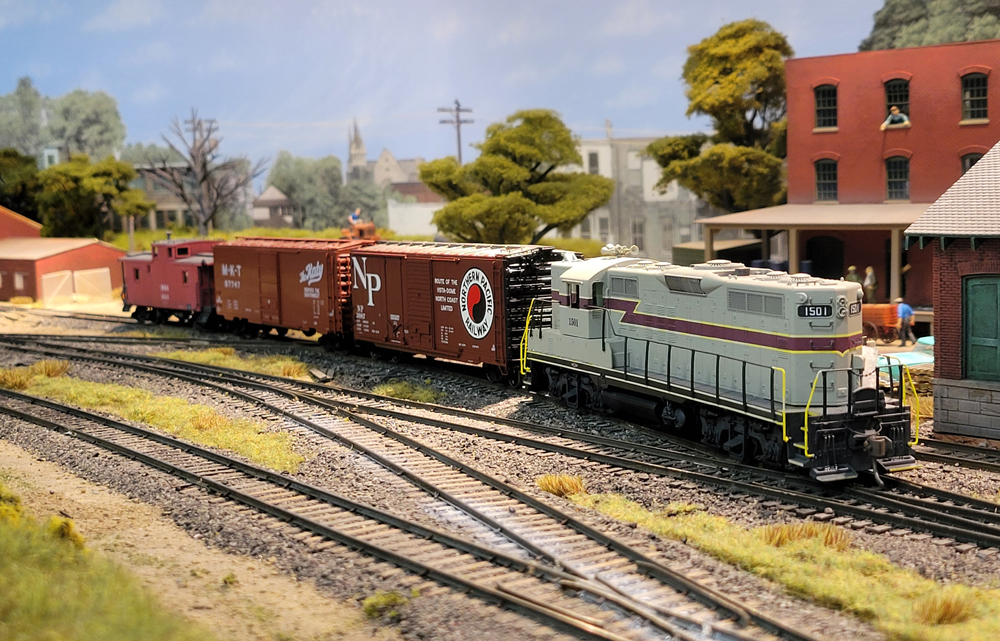
Though Electro-Motive Division (EMD) was the largest locomotive builder, Alco remained a significant competitor. The biggest shift in the market was the rise of General Electric (GE), which gained major ground with popular models like the U25B, which was introduced in 1959. Perhaps the most ubiquitous locomotive of the decade was the Electro-Motive Division GP9, which was powered by the 16-cylinder EMD 567C two-stroke diesel engine which turned a main generator. The GP9 production run lasted from 1954 to 1963. Across those nine years, more than 4,000 units were produced, and they went on to enjoy long lifespans due to their ease of maintenance and reliability in passenger and freight services. If you’re modeling the 1960s and you’re not sure what locomotive is appropriate for your layout, in all likelihood an EMD GP9 would not be out of place, but as always, do your research to confirm.
Locomotive types
Diesel designs had become standardized into versatile configurations like switchers, streamlined cab units (or carbody units), and road switchers. The road switcher was the most popular design and saw widespread use in both passenger and freight operations.
Aesthetics
The few remaining steam locomotives were typically grimy and wore basic black paint. In contrast, diesels showcased fresh, bright, and often elaborate paint schemes as railroads established distinct corporate identities. While sleek cab units still headed passenger trains, their numbers were dwindling, as locomotive aesthetics changed and passenger service popularity began to decline.
1960s passenger operations in transition
The 1960s were a challenging and transformative decade for passenger rail. Though streamlined, lightweight cars were the norm, railroads recognized that intercity passenger service was largely unprofitable. Cars and the interstate system were ascendant, as was air travel, while passenger railroading was beginning to decline. Even still, passenger rail operations were a popular and important method of travel.
Types of trains
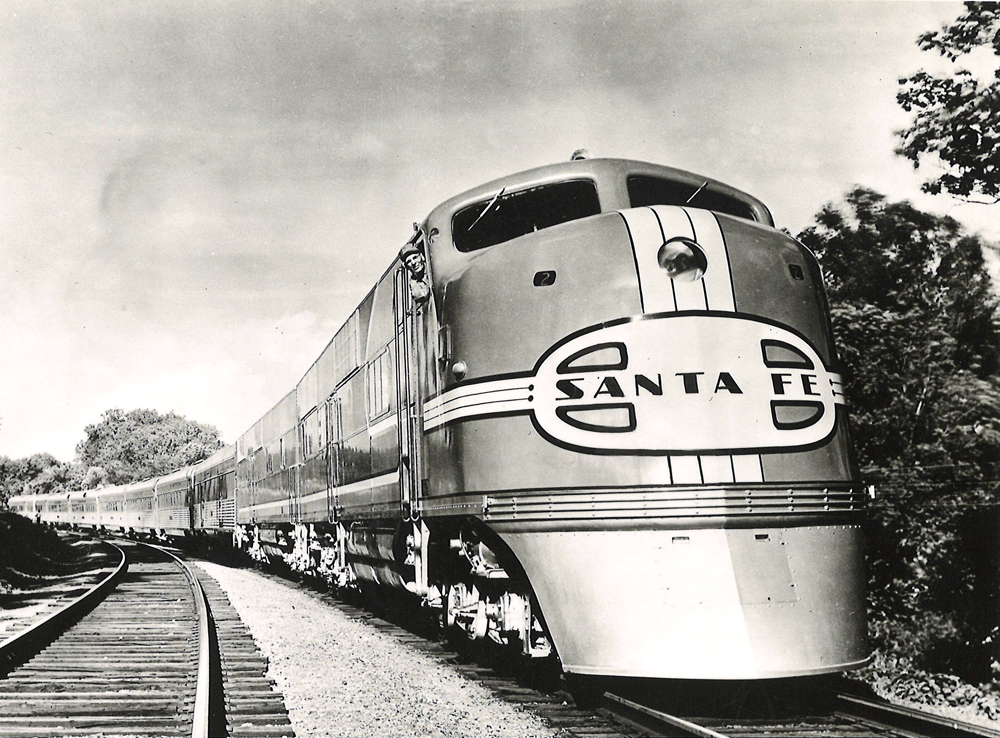
Many iconic long-distance trains, like the New York Central’s 20th Century Limited and the Santa Fe Super Chief, saw service reductions and scaled-back amenities. These premier trains still featured sleepers and diners but were on the decline. Regional trains covering 100 to 500 miles remained essential but also faced service cuts.
Key equipment
Despite the downturn, dome cars remained popular on scenic routes, especially in the West. Budd Co. Rail Diesel Cars (RDCs), first introduced in 1949, were a common sight. These self-propelled units were a cost-effective way for railroads to maintain service on less profitable routes, making them a distinctive feature of the era.
Car builders of the 1960s
Pullman-Standard and Budd Co. were the key passenger car manufacturers, but new orders became scarce as the decade progressed. American Car & Foundry (ACF) had largely exited the passenger car market. Including cars from these builders will add authenticity to your 1960s consists.
Click here to read Classic Trains: Trains of the 1960s, a special issue from 2014.
1960s freight operations: The lifeblood of the railroad
Freight operations in the 1960s were marked by increasing efficiency, yet local freights and numerous small yards still characterized the landscape. Boxcars and hoppers remained the most common cars, but new, specialized car types were emerging.
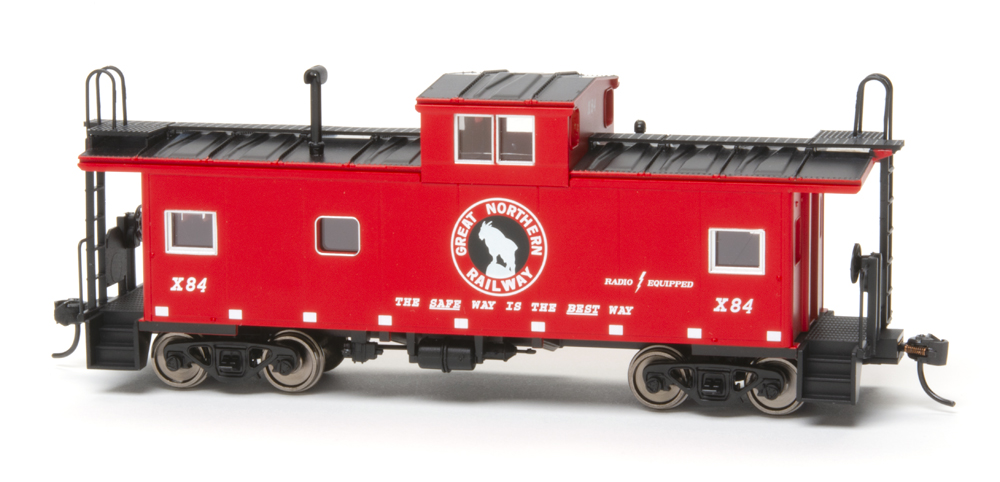
By the 1960s, the classic wooden caboose of decades prior was largely being replaced by more durable steel-bodied versions, many of which featured the distinctive cupola or side bay windows that became synonymous with this type of railroad car. It wasn’t until the development and implementation of advanced technologies, such as the End-of-Train Device in the 1980s, that the operational roles of the caboose were rendered obsolete, leading to their eventual phasing out from regular mainline service.
Click here to read Cody Grivno’s review of the Walthers HO scale Great Northern standard-cupola caboose, which is pictured above.
Re-creating the 1960s
Beyond the trains, the surrounding environment is what truly brings a layout to life, and here details are essential to accurately convey your layout’s epoch.
Structures and scenery
Pay close attention to the architecture of the era. The suburban boom that began in the 1950s was in full swing, leading to widespread development of tract housing and shopping centers alongside older, more traditional structures. The structures you choose and how you place them are critical for establishing a sense of time and place. Study available photos, including vintage family photographs if they are available, to get a sense for what life around the home looked like in the 1960s, and how one might go about accurately re-creating that in your scale of choice.
Vehicles and highways
The rise of suburbia went hand-in-hand with increased car ownership and the expansion of the Interstate Highway System. Populating your roads with period-appropriate vehicles is crucial. Domestic models from General Motors, Ford, and Chrysler dominated, though imports were gaining a foothold. The decade saw car design evolve from late-50s flair to the sleek muscle cars like the Ford Mustang and Chevrolet Camaro. The sedan was the de facto family car, whereas for trucks, the Ford F-Series remained a bestseller.
Signage and details
Period-appropriate signage is an easy and effective way to add verisimilitude. Look for product advertisements and political posters from the era. For an extra layer of realism, research local details. For example, a layout set in California in 1962 could feature campaign posters for the gubernatorial race between the incumbent Pat Brown and Richard Nixon, or a layout set in Maine in 1966 could feature posters for the campaigns of Kenneth Curtis and Jon Reed for the governorship, instead of just national figures like Kennedy, Johnson, and Nixon. This regional specificity will make your layout truly stand out.
The 1960s offer a rich, dynamic period for model railroaders to explore. The powerful diesel fleets, evolving train operations, and unique details of the decade provide endless modeling opportunities. Ultimately, the best way to capture this era is to do your research. It’s a mentally stimulating activity that will pay dividends in your ability to create a realistic and compelling model railroad.
More decades
Interested in modeling the 1940s? Click here for tips on accurately modeling the 1940s!
Interested in modeling the 1950s? Click here for tips on accurately modeling the 1950s!






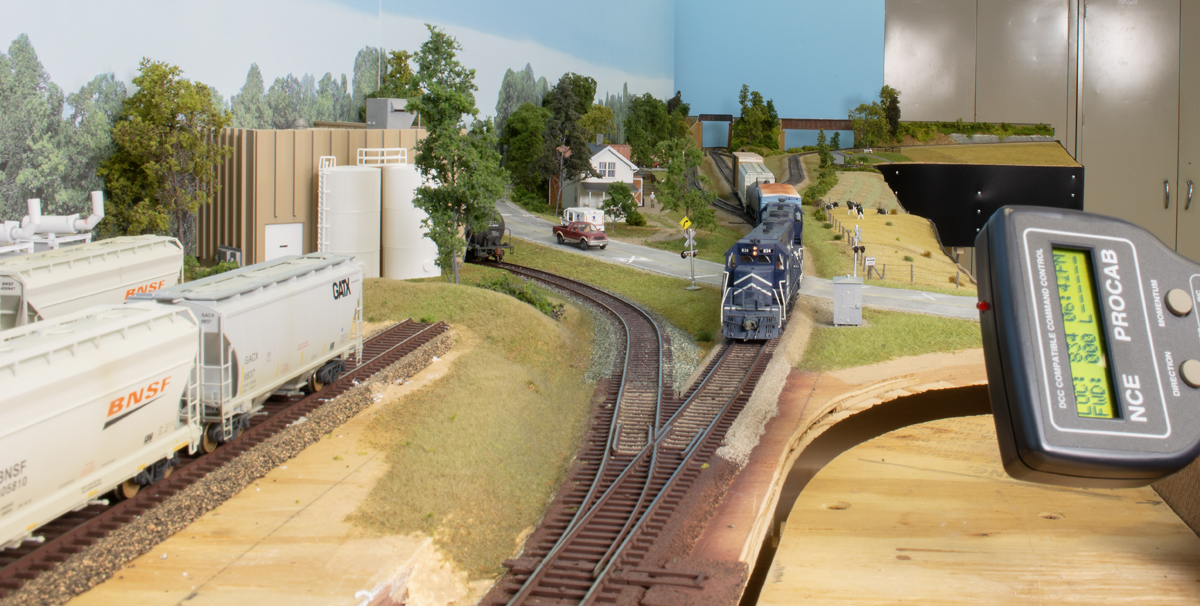
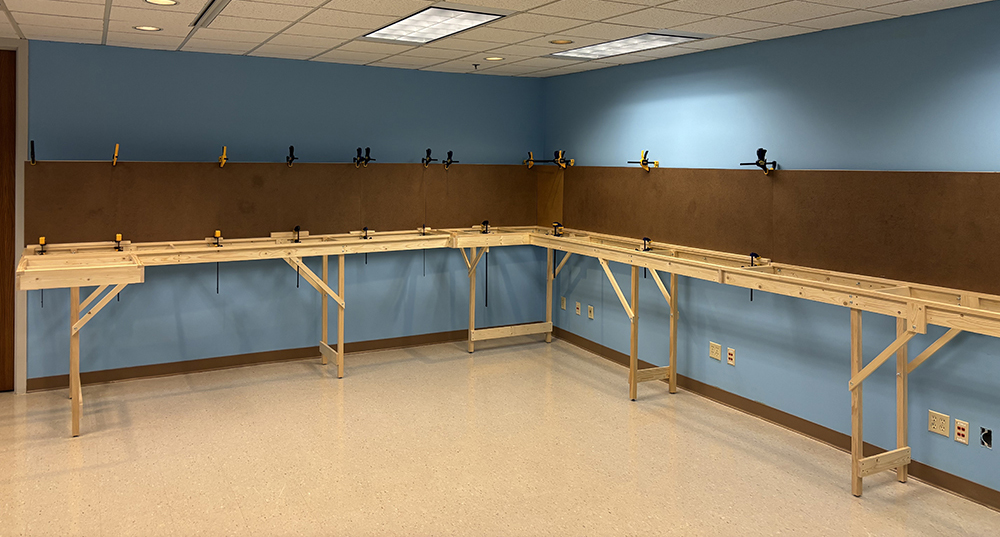
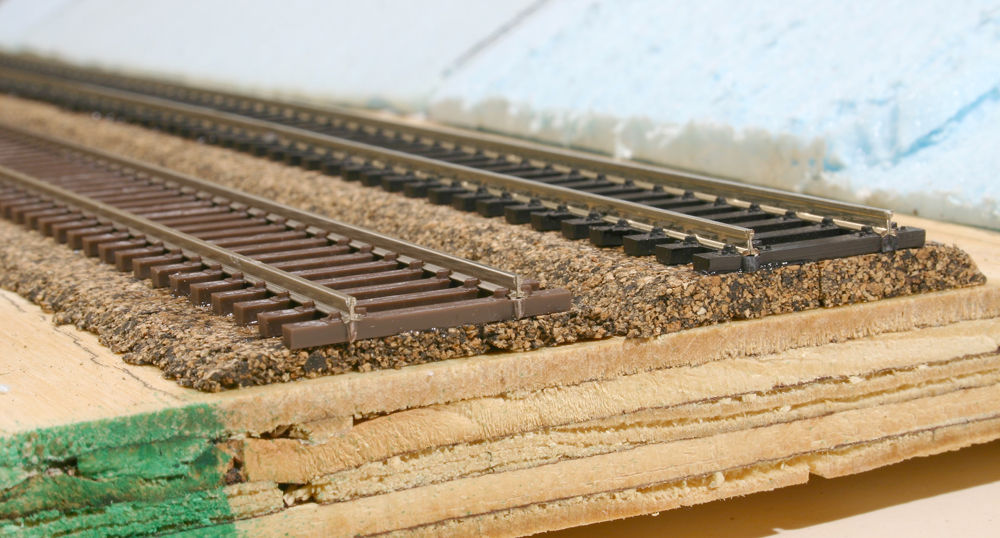
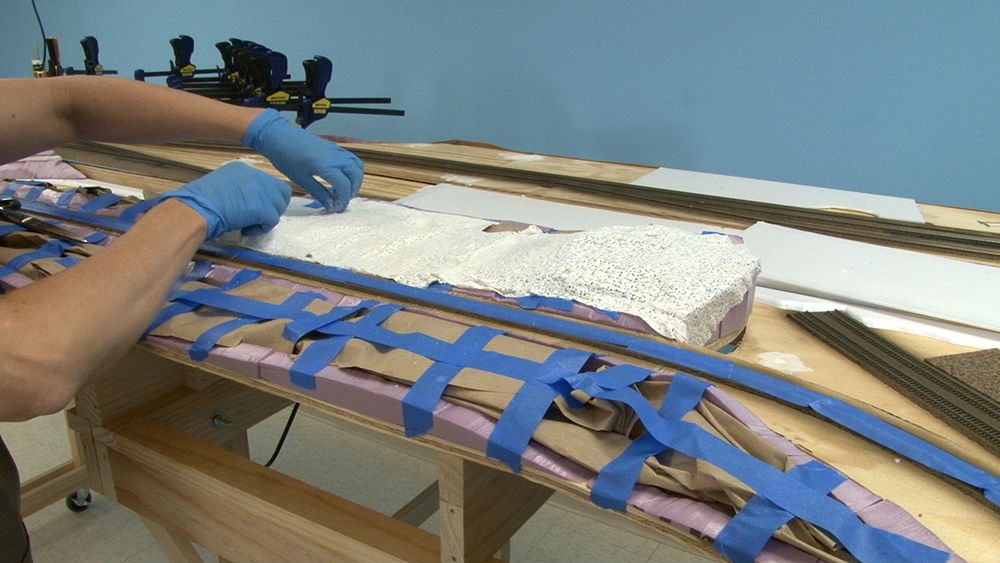

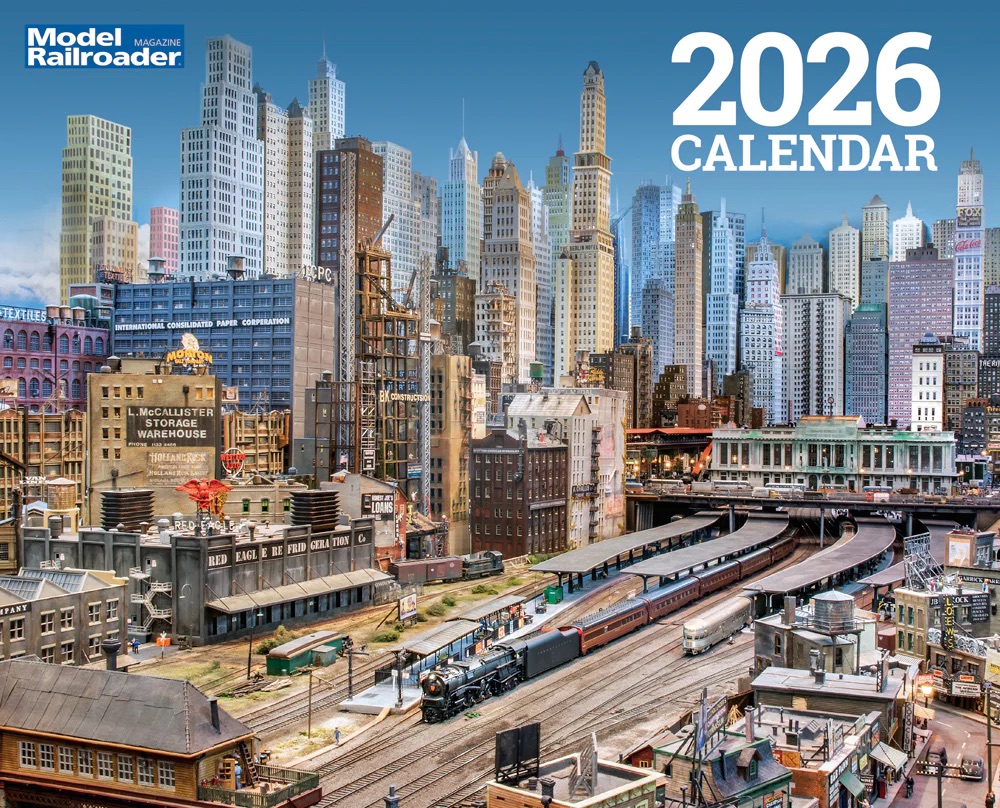
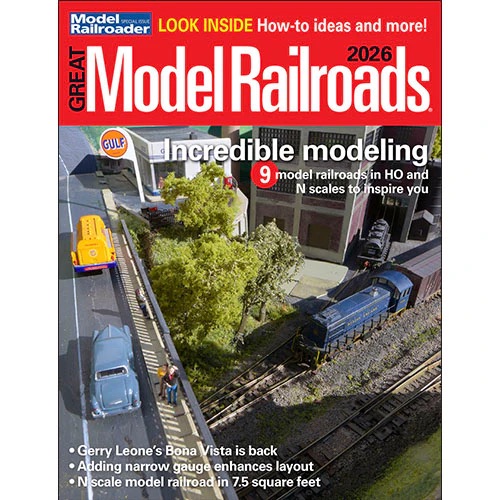
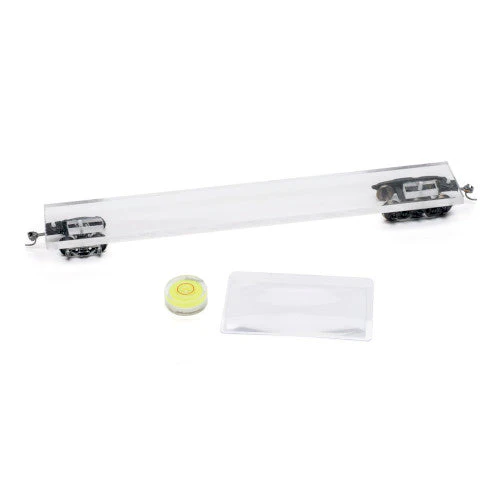
In the 60’s young teens like myself could really talk with railroaders and now and again have short cab rides (many thanks to those long ago railroad friends). So somewhere on your 60’s layout make a small scene showing that lost art.
During the 60s you still could have iced wooden reefers (with steel frames) and stock cars in the same train with 80= foot auto racks and hi-cubes. The green REA trucks were still everywhere, and until 1968 the US Mail was still moving in passenger trains.
You also had retail business that were only in certain regions expand nationwide. Especially in fast food and gas stations-Phillips 66 expanded to have gas stations in all 50 states, as did Gulf Oil. The big breweries like A-B, Pabst, and Carling built new breweries across the country and acquired smaller regional breweries.
Great point about regional specificity in businesses, particularly gas stations – I love the flair that some regional gas stations of that era could showcase.